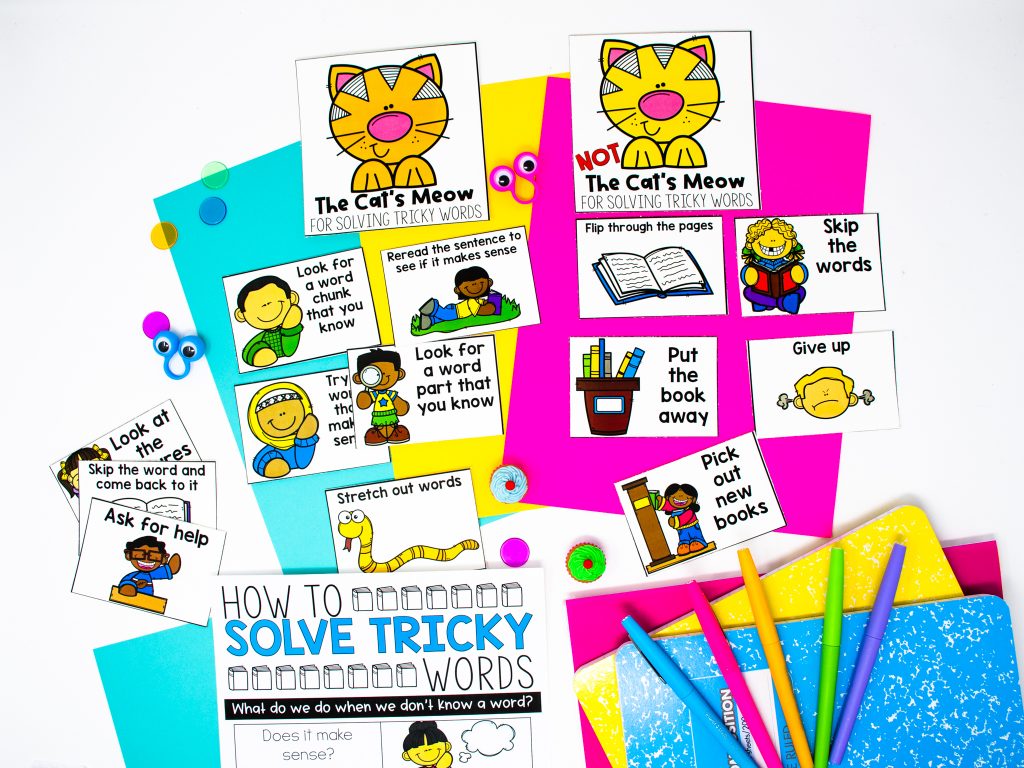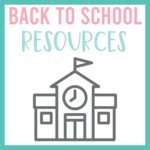Transitioning to a new grade level can be challenging, bringing a mix of emotions and uncertainties. Whether you’re moving within the same school or transitioning somewhere new, it’s important to approach this change with a positive mindset and a proactive attitude. First of all, you can do this! Plus, I am so excited for you! First grade is my absolute favorite grade to teach! Let’s get started! Check out our tips for changing grade levels below!

Tips For Changing Grade Levels
Before we begin, I should let you know I have been there. I originally moved from second grade to first grade, which was what I wanted. I found out before the summer and had ample time to prepare. However, on the third day of school, I found out I was being transferred to a new school school to teach first grade. This was due to high numbers of first graders at the other school and low numbers of students at my school.
I cried and cried. I was leaving kids I already had connections with and teachers I had formed friendships with. I had one day plus the weekend to set up my new classroom and then began teaching my new class at my new school on that following Monday. It is tough, but I believe in you!
Give Yourself Grace

It’s important to give yourself grace, no matter how you are feeling. Don’t feel bad about how you are feeling and just feel it. Acknowledge any feelings of apprehension or anxiety you may have about the transition. Take a moment to breathe deeply and remind yourself that it’s normal to feel a range of emotions during times of change. Practice self-compassion and give yourself permission to process your feelings at your own pace. Allow yourself to cry if this is a change you are not quite ready for. Change is hard; it’s okay to acknowledge that.
Take Inventory
Look around at what you already have. Sometimes when we hear we are moving grade levels, we think we have to ditch everything we own and start new. However, that’s not always the case! You may have some students who use the same things. You may have students who are reading on the reading level of the grade you previously taught, so you could reuse your books. Truly take the time to think about what you can use. What you can’t use? Store it for another year or sell it or give it to a teacher who can use it.
Make a Plan

Develop a strategic plan to prepare yourself for the challenges and opportunities that lie ahead in the next grade level. Start by familiarizing yourself with the academic standards and curriculum expectations for your new grade level. Identify specific goals and objectives you want to achieve, both academically and personally, and outline actionable steps to reach them.
Learn the Standards
Take the time to thoroughly review the academic standards and learning objectives for your new grade level. It is important to know what you will be teaching at this new grade level. Look online and search Pinterest and Instagram for ideas on how to teach these standards.
Find Resources To Use For Lesson Plans
Determine which teaching materials, resources, and instructional strategies will be most effective in meeting the needs of your students in the new grade level. Adapt and modify your existing lesson plans and classroom activities as needed to align with the curriculum expectations and learning objectives of the next grade level.
In first grade, you’ll definitely want a plan for your reading units for the year and writing centers.
Our writing centers are prepped for an entire year and cover all the standards. Each month has themes that relate to the month and each month has writing templates for opinion writing, narrative writing, nonfiction writing, lists, and notes.



Click here to plan your writing centers for the entire school year
We also have reading units planned for your entire school year. Each are aligned to the reading standards for the Common Core. They include lesson plans, reading passages, centers, graphic organizers, and so much more.



Click here to plan your reading units for the entire school year
Take care of spiraling and reviewing your math standards all year long with our math journals. Our math journals have every math standard, you can use the pages you need and in the order you need, and they’re perfect for morning work, early finishers, independent work, math centers, and small group work. Your kids will strengthen math skills by constantly reviewing their math standards.



Click here to plan your math journals for the entire school year
Meet Your Grade-Level Team

Connect with your new grade-level team members to build relationships and collaborate on planning. Attend team meetings, participate in professional development opportunities, and exchange ideas and best practices with your colleagues. Building a supportive network within your grade level team can provide valuable support and resources as you navigate the transition together.
Find a Mentor
Seek out a mentor or experienced educator who can provide guidance, advice, and support as you transition to the next grade level. A mentor can offer insights into the unique challenges and opportunities of teaching at that grade level, share practical tips and strategies for success, and serve as a sounding board for your ideas and concerns. Establishing a mentoring relationship can help you feel more confident and competent in your new role and accelerate your professional growth and development.
By following these steps and approaching the transition with intentionality and resilience, you can navigate the challenges of changing grade levels and set yourself up for success in your new educational context. Remember to be patient with yourself and embrace the learning opportunities that come with change.
What did you think of these tips for changing grade levels? What would you add? Comment below and let me know!
Related Posts:













Leave a Reply